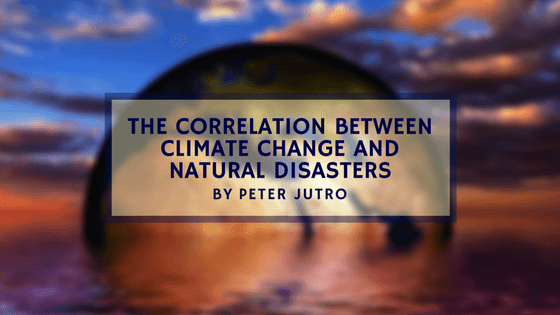California is experiencing its deadliest fires in state history. The recent landfalls of hurricanes are the worst in recent memory. These events should serve as the catalyst for conversations about climate change and natural disasters. Let’s take a look at how researchers see climate change affecting the future of these natural disasters.
Wildfires
Since the early 1970s, wildfire season has increased from 5 months to 7 months.
Global warming is increasing temperature levels, so, there is less soil moisture on average in a year of well below average rainfall. Without moisture in the soil, things burn much more easily. Although fire is part of the natural ecosystem, and even necessary for some trees reproduction, California has suffered more than in the past due to the drought and the abundance of dead and dry trees. Since 1970, the average annual temperature in the Western US has increased by 1.9 degrees Fahrenheit.
The rising temperature also affects the ecosystem. Consider the mountain pine beetle. Cold winters kept the insect confined to its historic natural environment for the majority of its existence. With the rise of increasing temperatures, however, the beetle’s territory can expand, and they can weaken or kill more trees. Dry and dead trees are very susceptible to catching fire, thus providing more wildfire fuel than in the past.
Droughts
It’s still difficult for scientist to confidently pinpoint direct correlations between climate change and specific droughts, yet scientists still draw a few connections.
The increase in the Earth’s temperature causes water to evaporate from the soil into the air. This evaporation takes moisture away from the plants depending on it. The lack of moisture can increase the potential for drought conditions.
Climate change can also cause subtropical high-pressure systems to get much stronger than usual. These systems prevent moist air from traveling into the atmosphere to condense as rain or snow. As these systems gain in strength and size, they have a higher chance of blocking precipitation.
Hurricanes
Hurricane damage may be exacerbated for several reasons. First, ocean warming continues to cause our sea levels to rise. Warmer water occupies more volume. This alone increases the risk of storm surge, or the intensity of flooding caused by a storm pushing water onshore.
A study in 2013 led the authors to project that the threat of a Katrina-level storm will rise two to seven times for every 1.8 degrees Fahrenheit increase in temperature.
Finally, climate change will also affect rainfall. With higher temperatures, the atmosphere is capable of holding more moisture, allowing more intense rainfall. Climate change will also affect the types of storms we see. For example, it’s predicted that we will see a decrease in weaker Category 1 and Category 2 storms and stronger Category 3, 4, and 5 storms.
Conversations surrounding climate change and natural disasters will continue to be a hot topic amongst scientists. Our one hope is that the increased damage and destruction caused by these “natural” disasters will cause policy makers to more seriously address the underlying issue of limiting global warming.

